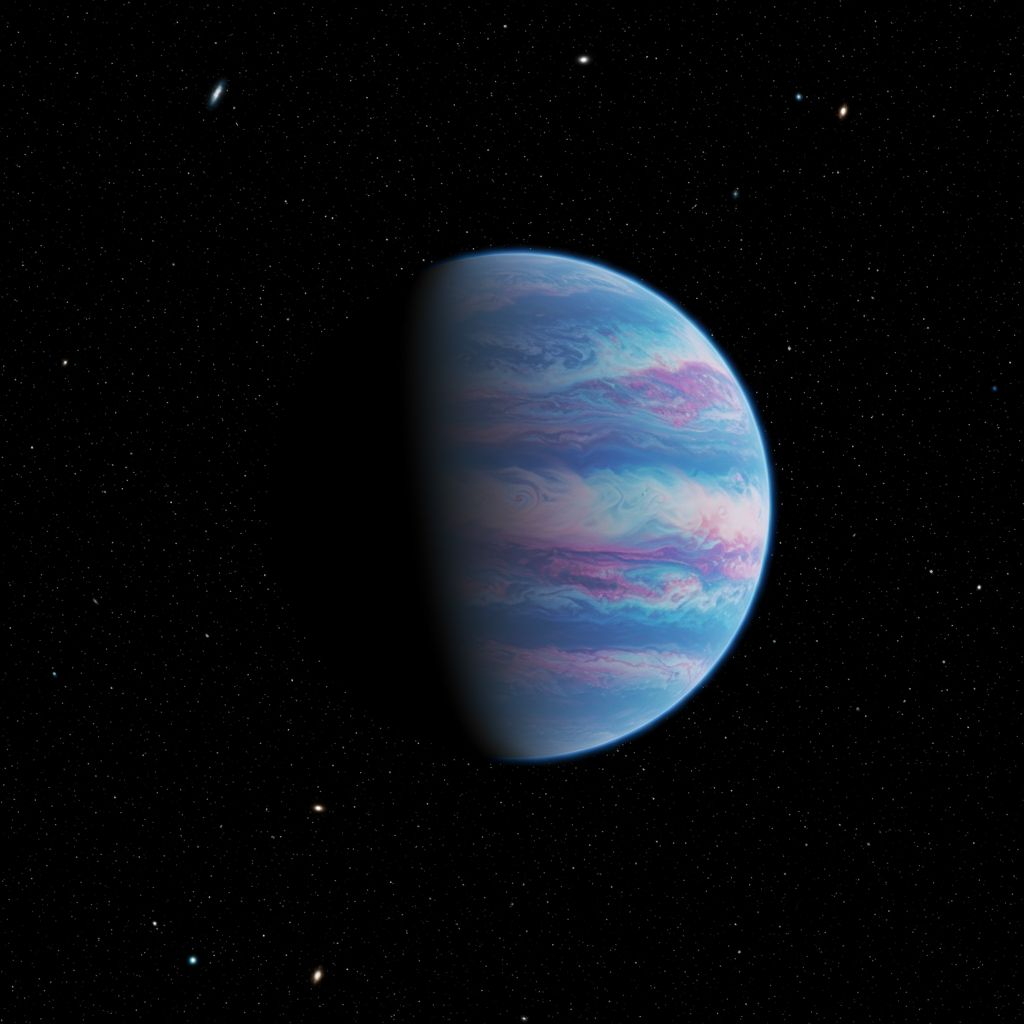NASA’s Curiosity rover has uncovered compelling evidence of ancient groundwater deep within a previously unexplored region at the foothills of Mount Sharp on Mars. This discovery, centered around unique geological formations, provides scientists with crucial new insights into the Red Planet’s wet past and how conditions evolved over billions of years.
The robotic geologist, which landed in Mars’ Gale Crater in 2012, recently began investigating an area only previously observed from orbit. Here, Curiosity encountered a series of low, crisscrossing ridges, some standing just a few inches tall, arranged in a distinctive grid-like structure scientists are calling a “boxwork” pattern. What makes this find particularly significant is that these formations haven’t been seen anywhere else explored by Curiosity or even by spacecraft orbiting Mars.
How Martian ‘Boxwork’ Reveals Ancient Water
Scientists hypothesize that these unique ridges are fossilized evidence of ancient groundwater activity. Billions of years ago, as water trickled through cracks and fissures in the bedrock, it deposited minerals like sulfates. Over vast stretches of time, this mineral-rich water hardened, effectively cementing the material within the fractures. As Mars’ climate changed, the surrounding, softer rock eroded away, leaving behind the more resistant, mineral-cemented ridges standing proud in their boxwork pattern.
Curiosity’s current location on Mount Sharp is within a layer rich in salty magnesium sulfate minerals, which typically form as water evaporates. However, the presence of these hardened boxwork ridges suggests that groundwater persisted underground, continuing to alter the rock long after surface water bodies had vanished and the climate began transitioning to the dry state we see today.
Adding another piece to the puzzle, scientists noted that the bedrock between the boxwork ridges has a distinct composition compared to other layers of Mount Sharp. They also found numerous small fractures filled with white veins of calcium sulfate. While calcium sulfate veins were common in older, lower layers explored by Curiosity (like those rich in clays), their unexpected reappearance in this higher, sulfate-rich layer linked to a drying climate is surprising.
Unpacking the Mystery and Potential Habitability
The vast scale of these formations, which appear as “spiderwebs” or weblike patterns stretching miles across the Martian surface when viewed from orbit, underscores the significant amount of past groundwater activity. According to estimates based on satellite mapping, creating this extensive field would have required a substantial volume of mineral-laden water – potentially billions of gallons.
“A big mystery is why the ridges were hardened into these big patterns and why only here,” commented Ashwin Vasavada, Curiosity’s project scientist at NASA’s Jet Propulsion Laboratory (JPL). He added that the team would continue studying the ridges and mineral composition to validate their understanding of how these unique features formed.
The presence of minerals that crystallized underground in what would have been warmer, potentially salty liquid water environments makes these locations particularly exciting. As Curiosity scientist Kirsten Siebach explained, such subsurface conditions could have been habitable for early microbial life, similar to environments where life thrived on early Earth. These cemented ridges offer a promising place to search for preserved evidence of ancient Martian life.
Curiosity’s exploration of different layers on Mount Sharp is akin to “time travelling” through Mars’ history. The rover recently completed investigations in the Gediz Vallis channel, another feature suggesting late-stage water activity, where it made the unprecedented discovery of pure sulfur stones – highlighting the complex and sometimes mysterious history of water-related processes on the planet.
What Comes Next
To further unravel the secrets held within the boxwork formations, Curiosity recently drilled a sample from a rock nicknamed “Altadena.” The rover will now pulverize this sample for detailed chemical analysis using its onboard instruments. Scientists are eager to determine the exact mineral composition and search the cemented ridges for organic molecules and other potential signs that an ancient habitable environment was preserved there.
The ongoing study of the boxwork patterns and the unexpected mineral findings are providing invaluable data points, helping scientists reconstruct the intricate timeline of water activity and climate change on ancient Mars and assess the planet’s potential for past life.




